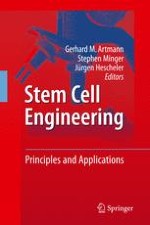2011 | OriginalPaper | Chapter
Bio-synthetic Encapsulation Systems for Organ Engineering: Focus on Diabetes
Authors : Rylie A. Green, Penny J. Martens, Robert Nordon, Laura A. Poole-Warren
Published in: Stem Cell Engineering
Publisher: Springer Berlin Heidelberg
Activate our intelligent search to find suitable subject content or patents.
Select sections of text to find matching patents with Artificial Intelligence. powered by
Select sections of text to find additional relevant content using AI-assisted search. powered by
